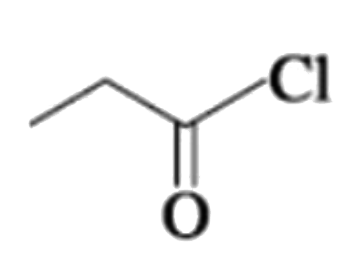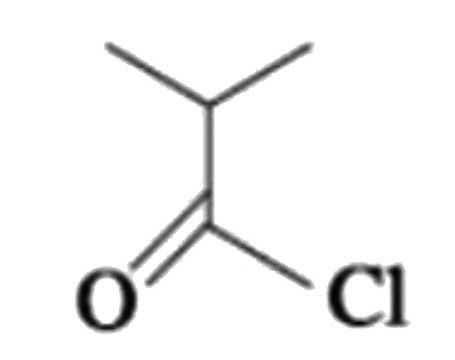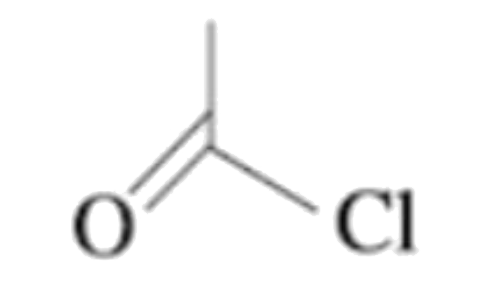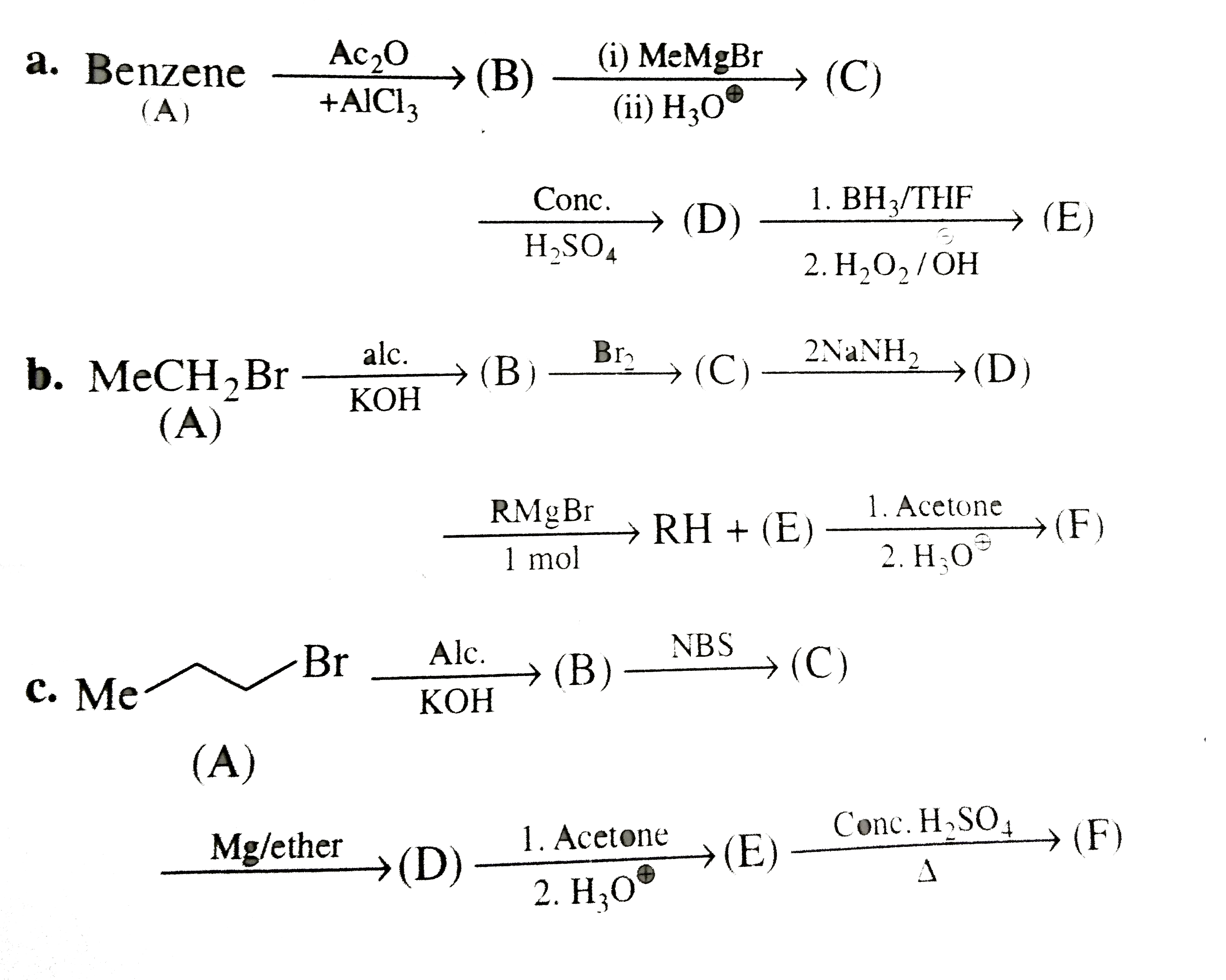Br2+OHOTH⊕→(A)+(B)
(A)+(B)+H⊕→Br2
(A) gives yellow precipitate with AgNO3. (A) and (B) are
Br2+OH−(hot)→Br−+BrO−3
Br−+BrO−3distillation−−−−−→Br2
Topper's Solved these Questions
- BOOK - RESONANCECHAPTER - P BLOCK ELEMENTSEXERCISE - Exercise 1 part 1 subjective ques30videos
P BLOCK ELEMENTS
- BOOK - RESONANCECHAPTER - P BLOCK ELEMENTSEXERCISE - Exercise 1 part 2 objective que49videos
P BLOCK ELEMENTS
- BOOK - RESONANCECHAPTER - P BLOCK ELEMENTSEXERCISE - PART -II24videos
P BLOCK ELEMENTS
- BOOK - RESONANCECHAPTER - NUCLEAR CHEMISTRYEXERCISE - STAGE-II1videos
NUCLEAR CHEMISTRY
- BOOK - RESONANCECHAPTER - P-BLOCK ELEMENT (BORON AND CARBON FAMILY)EXERCISE - PART - III : OLYMPIAD PROBLEMS (PREVIOUS YEARS) STAGE - V (INTERNATIONAL CHEMISTRY OLYMPIAD (IChO)) Problem 38videos
P-BLOCK ELEMENT (BORON AND CARBON FAMILY)
Similar Questions
Identify A and B?
Br2+OH→A+B
A+B+H+→Br2
A gives yellow ppt, with AgNO3View SolutionBr2 reacts with O2 in either of the following ways depending upon supply of O2
Br2+12O2→Br2O
Br2+32O2→Br2O3
If 4 moles of Br2 and 10 moles of O2 are taken in a container then calculate the number of moles of reactant left complete reaction.View Solution
Knowledge Check
- Question 1 - Select One
C4H7OClNH3−−→C4H9ONBr2−−→KOHCH3CH2CH2NH2 Compound (X) is
A B
B C
C D
D
- Question 2 - Select One
C6H10O3(Ke→ester)(A)NaOH+I2−−−−−−−−→ΔYellowppt.
+(B)H⊕−−→(C)Δ−−−−−→−CO2CH3COOH. (A) and (B) are:Aa. Bb.
Bb. Cc.
Cc. Dd.
Dd.
- Question 3 - Select One
(CH3)2CONaCI−−→HCI(A)H+3O−−→Δ(B)
In the above sequence of reactions, (A) and (B) are :A(CH3)2C(OH)CN,(CH3)2C(OH)COOHB(CH3)2C(OH)CN,(CH3)2C(OH)2C(CH3)2C(OH)CN,(CH3)2CHCOOHD(CH3)2C(OH)CN,(CH3)2CO
Br+OH−=BrO−+Br−+H2O
View SolutionPredict the products with configurations in the following.
(a) (+)2−Octanol+PhSO2Cl→(A)Hot−−−→NaOH(B)
(b) (+)2−Octanol+CH3COCl→(C)Hot−−−→NaOH(D)
(c) CH3O∗H+PhSO2Cl→(E)Hot−−−→NaOH(F)+(G)
(d) CH3O∗H+CH3COCl→(H)Hot−−−→NaOH(I)+(J).View SolutionComplete the following reactions:
a. Benzene(A) Ac2O−−−−→+AICI3 (B) (i)MeMgBr−−−−−−−→(ii)H3O(+) (C) Conc.H2SO4 (D) 1.BH3/THF−−−−−−−−−−→2.H2O2/O(−)H (E)
b. MeCH2Br(A) alc.−−→KOH (B) Br2−−→ (C) 2NaNH2−−−−→ (D) RMgBr−−−−→1mol RH + (E) 1.Ace→≠−−−−−−→2.H3O(+) (F)
c. A1c.−−→KOH (B) NBS−−→ (C)
A1c.−−→KOH (B) NBS−−→ (C)
Mg..ether−−−−−−→ (D) 1.Acetone−−−−−−→2.H3O(+) (E) conc.H2SO4−−−−−−−→Δ (F)View SolutionIdentify A, B, and C.
A, B, and C(C6H10)Br2/CCI2−−−−−−→All decolourisesBr2solution
Cold−−−−−−−→conc.H2SO4 All are soluble
(A)Ammoniacal−−−−−−→AgNO3 White precipitate
(AandB)excess−−−−−→ofH2/Pt Hexane
(C)1mol−−−→H2/PtD(C6H12)
(A)Hotalk.−−−−→KMnO4 Pent anoic acid only
(B)Hotalk.−−−−→KMnO4 Propanoic acid only
(C)Hotalk.−−−−→KMnO4 Adipic acid onlyView SolutionCompound (A) ,C8H9Br gives a white precipitate when warmed with alcoholic AgNO3 Oxidation of (A) gives an acid (B) C8H6O4 (B) easily forms anhydride on heating Identify the compound (A)
View Solution

